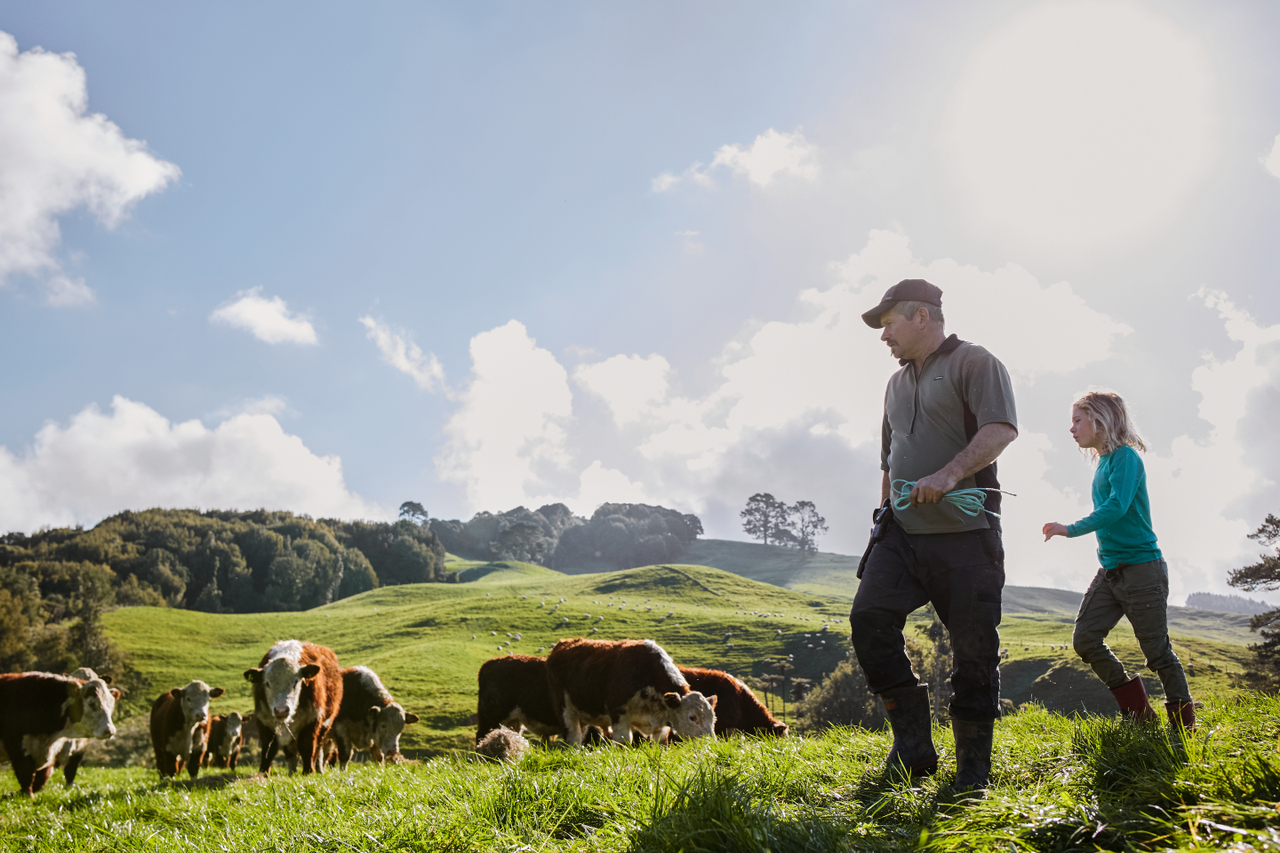
31ST JULY 2022 – Nitrogen Cap Reporting.
In this first of a three part series on environmental compliance, we hone in on the fast approaching deadline for nitrogen cap reporting discussing who it affects, why we need it and what you can do about it.
Resource Management (National Environmental Standards for Freshwater) Regulations 2020.
As part of the Freshwater Regulations which came into effect 1st July last year, synthetic nitrogen application on all pastoral land is capped at 190kg/ha/yr – meaning it became illegal to spread more that 190kg of synthetic nitrogen per hectare per year on any grazed land. This is both the maximum averaged over the whole farm and the maximum per hectare of pasture. It is possible to apply a higher rate than this on forage crops, but only if it is offset within the farm block, by putting lower amounts on pasture.
The first reporting deadline for this regulation comes up on 31st July 2022. It requires all dairy farm operators to report to Regional Councils on their synthetic nitrogen fertiliser use (any manufactured product of greater than 5% by weight of N) for the previous 12months, ending 30th June 2022. So, usage from 1st July 2021 to 30th June 2022, reporting on 31st July 2022. The nitrogen cap applies to all pasture and forage crop land but excludes arable land. Only dairy farms are required to report at this stage, and organic sources of N and effluent applications are excluded.
To meet this reporting requirement, it is important that usage information is recorded (or accessible from fertiliser companies) throughout the year, to enable accurate reporting. This includes: area of land (hectares) in pasture, forage crops and other; receipts for Nitrogen fertiliser purchased; type of fertiliser and it’s percentage of N by weight; dates, rates and areas of application for each type of N fertiliser for each application to pasture, forage crop or other land.
At this stage the exact reporting process is still under development and updates are expected soon. Central Government is working on constructing a national database to hold information. It is likely that fertiliser companies and/or Fonterra will assist farmers with reporting requirements to Regional Councils. The simplest solution will probably be authorising your supplier to supply the information for you. Alternatively, Regional Councils may develop a webpage to allow farmers to upload information directly. Keep an eye out for further information over the next few months on the specifics of how to report nitrogen usage to Regional Councils and have a talk to your fertiliser supplier.
If you believe you may exceed the nitrogen use limit, it is possible to apply for a non-complying activity resource consent from your Regional Council. It should be noted that these consents are not meant to allow businesses to continue as usual with high nitrogen use but to give some flexibility in managing reductions over time if immediate compliance is impossible. Talk to your Regional Council about resource consent options, if you think you may exceed the nitrogen cap.
In the meantime, the advice is to ensure you:
Know how much synthetic N fertiliser was applied throughout the year over each hectare or paddock of the farm as well as on average over the whole effective pastoral area and forage crops.
Have good systems in place for recording the tonnage, date and type of all synthetic N fertiliser applied on farm, the area it was applied and whether it was in pasture, crop, or other. When using a mix of products make sure all sources of synthetic N are accounted for and the application rates.
For more information on the nitrogen cap regulations go to Dairy NZ, Ministry for the Environment, regional councils or find the full Act here.
Why do we need the Nitrogen cap?
Throughout New Zealand, we are using almost 8 times more nitrogen in than we were in 1990 and, on the whole, the quality of our waterways is diminishing. Nitrogen leaching from pastoral land is a significant contributing factor. Best farming practice manages nutrients to keep them cycling within the farm system and reduce losses to the environment. Over-fertilising not only risks expensive nutrients being washed away but can also damage the environment. The more you use the greater the risk.
Data indicating that pasture growth rate curves flatten out with nitrogen usage of over 200kg/hectare has led to the cap being put in place for most farming sectors. The cap level will be re-evaluated in 2023.
How can we lower Nitrogen use?
There is growing concern around the over use of synthetic fertilisers. Consequently, information on strategies to make reductions or be more strategic with usage is readily available. A great starting point for Dairy farmers is the Dairy NZ information on reducing nitrogen fertiliser use.
Strengthening your soil health to optimise nutrient cycling for plant growth is one strategy for reducing reliance on synthetic inputs – allowing the microbes in the soil to flourish and do their work in making nutrients plant available. The ability to balance the use of synthetic inputs with more sustainable options, such as soil bio-stimulants, is a great tool in the kit for farmers. The number of great success stories of farmers doing just this is growing all the time and with it, a real sense of excitement that innovations in this area are going to benefit soils, pastures, farmers and the environment.
“With the addition of Fish It we now use 70% less urea across the entire farm, we have better pastures, better crops, healthier animals and no need for pesticides. We don’t need to buy in bales for feed any more because we’ve increased our output.”
Georgie GallowayLivestock & Mixed Cropping Farmer, Southland






